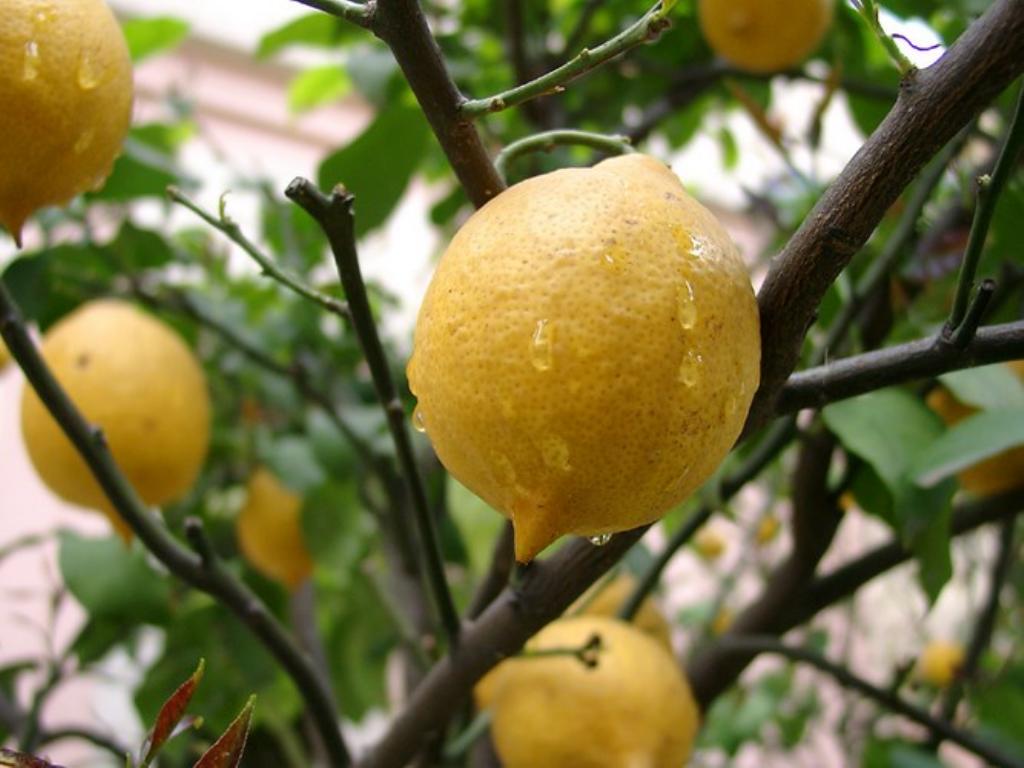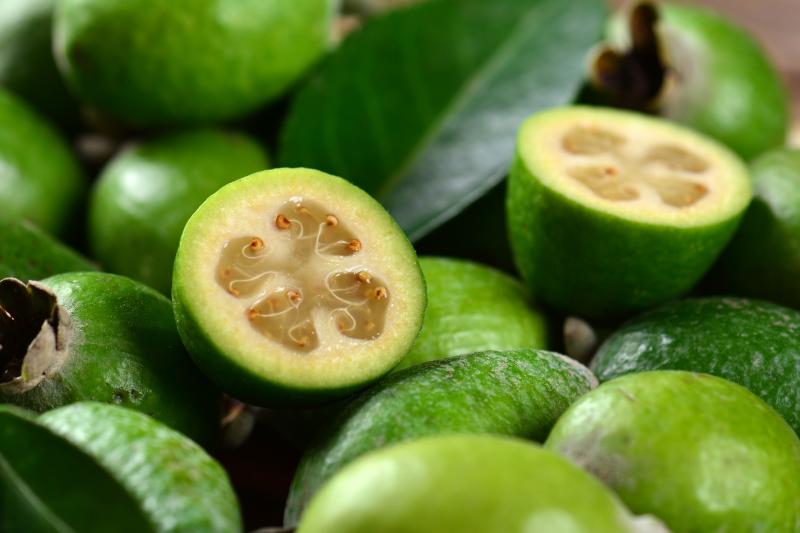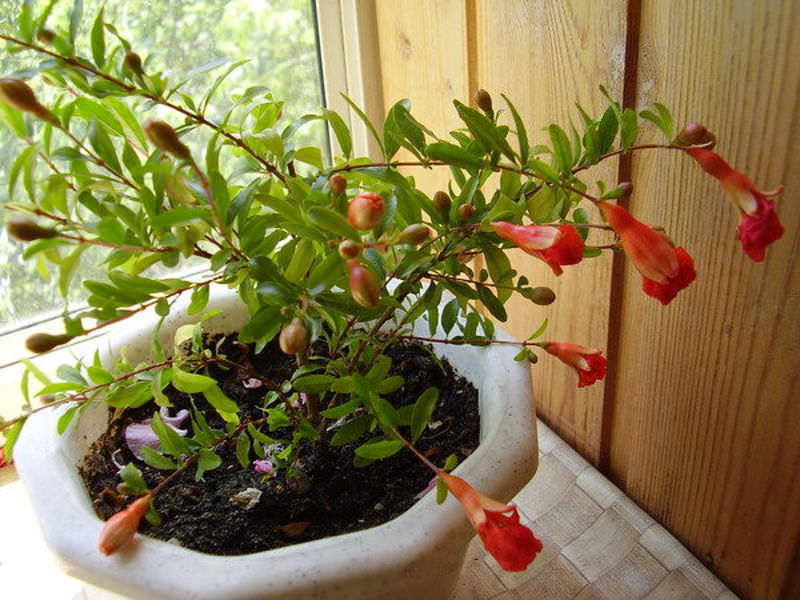Lemon is an evergreen plant, the home of which is the subtropics, but with proper care and the creation of certain conditions, the tree feels great in the apartment.
It can be grown from an ordinary seed, however, you can achieve excellent taste and normal ripening of the fruit only from seeds purchased in a specialized store. More than X centuries ago, lemons were brought to the Mediterranean countries from India, and only later came to Africa and America. Now in the wild, lemon is not found, all lemon groves are the work of human hands.
Content
Lemon - home cultivation
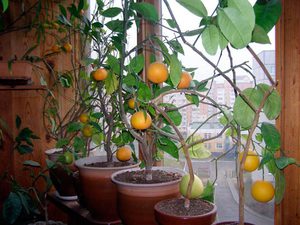 As you know, it is not easy to grow a whimsical lemon in indoor conditions. This requires the optimal creation of growing conditions close to tropical, as well as timely, regular care... Of great importance in the cultivation of citrus is its variety.
As you know, it is not easy to grow a whimsical lemon in indoor conditions. This requires the optimal creation of growing conditions close to tropical, as well as timely, regular care... Of great importance in the cultivation of citrus is its variety.
Under indoor conditions, the success of growing a tree is guaranteed in a bright, ventilated room and if there is regular feeding.
Today, growing citrus fruits at home, including lemons, has become very fashionable. In specialized stores appeared a great variety of varieties both the lemons themselves and their hybrids.
How to deal with such an abundance, how to choose a variety that suits your climatic and indoor conditions?
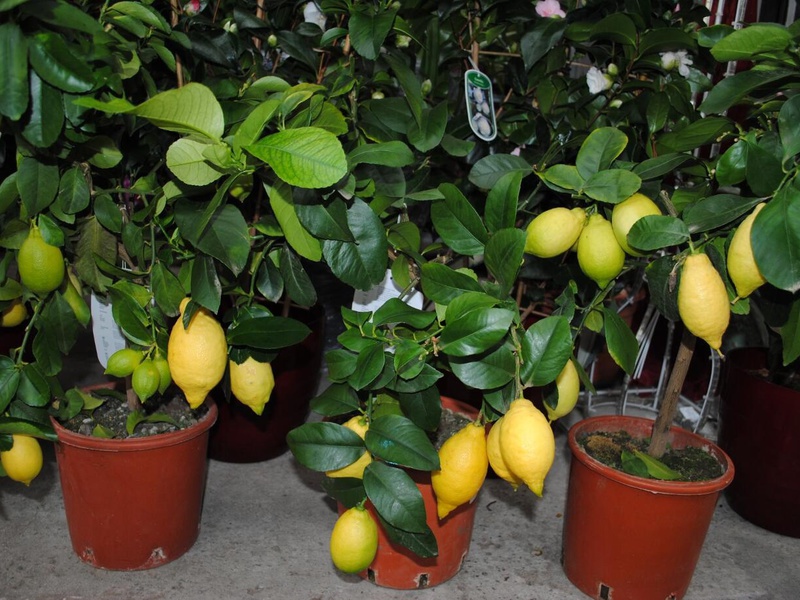
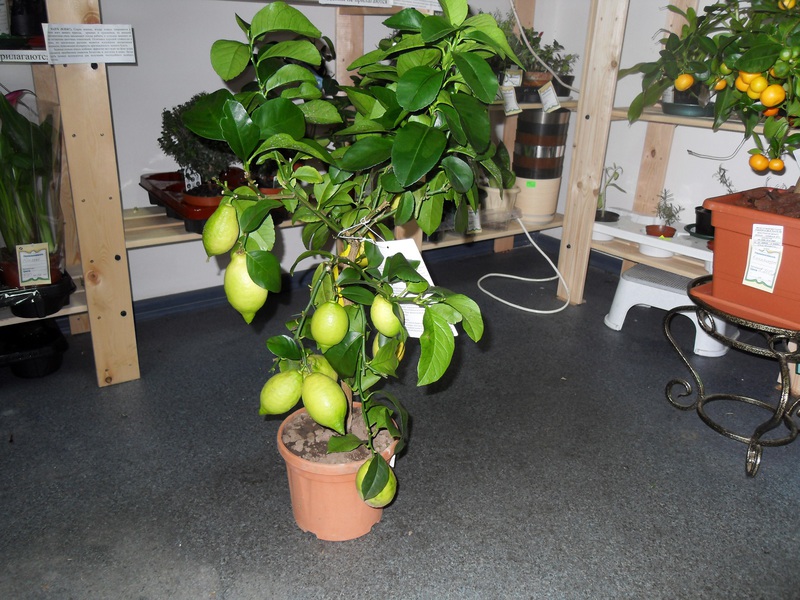
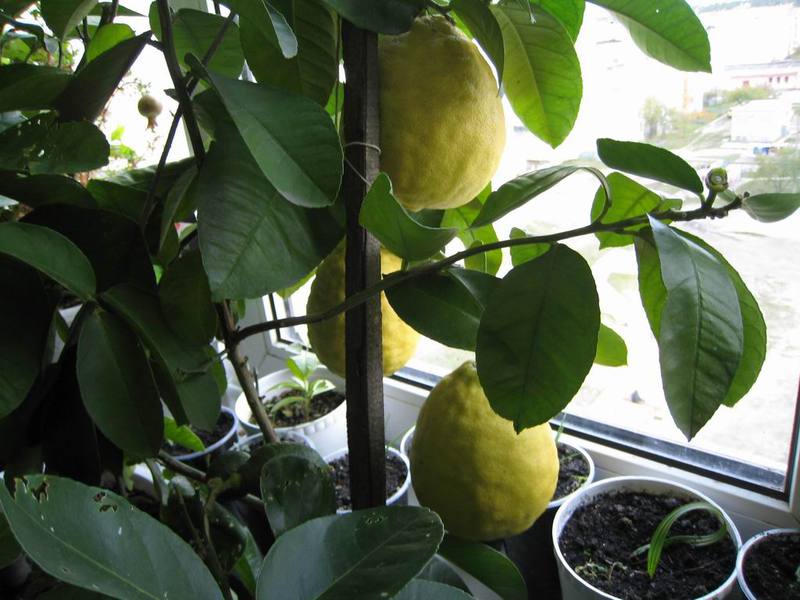
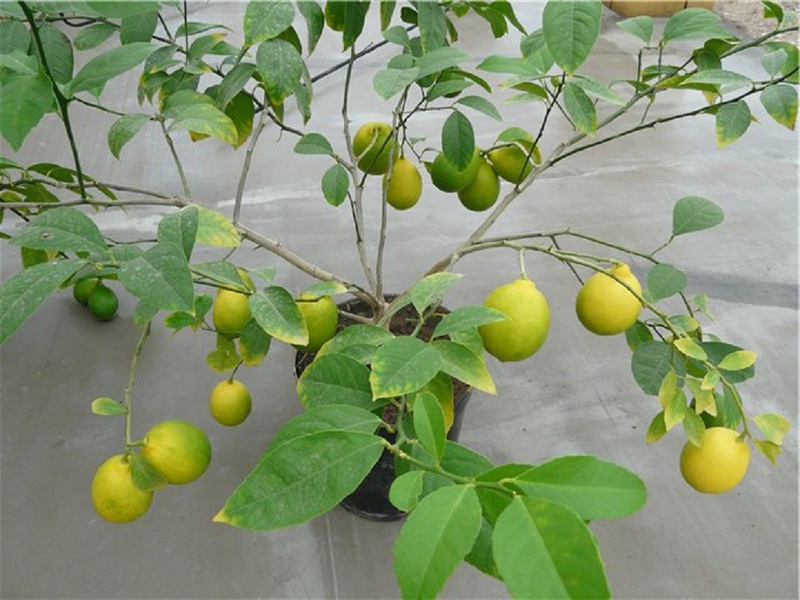
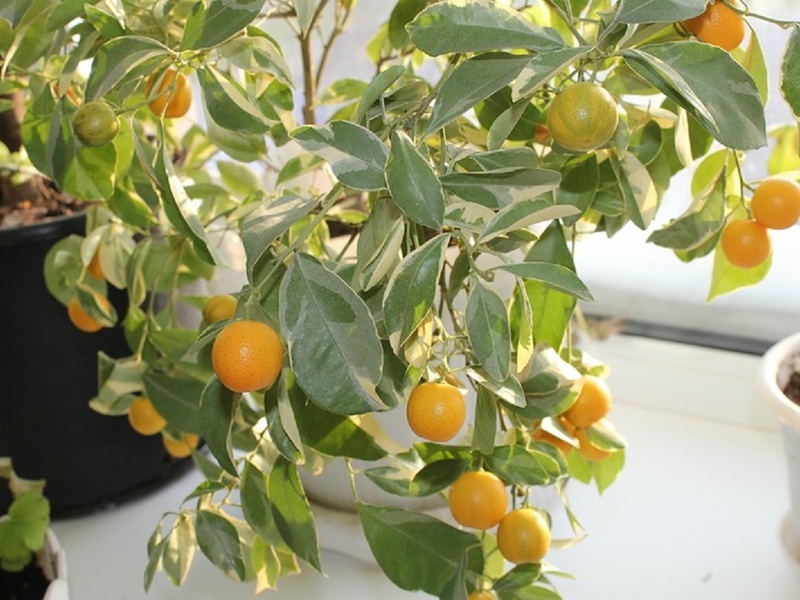
The following lemon varieties are ideal for indoor cultivation:
- Pavlovsky. An old variety popular with gardeners. It begins to bloom in the third year after planting. Fruits with a thin skin, weighing 200-400 grams, are very tasty. A tree can give from 6 to 15 lemons per year.
- Lunario. It is most widespread in Europe. It blooms for 2-3 years and bears 8 to 16 fruits weighing 130-180 grams. The taste of lemons is average. The variety is very unpretentious and does not require special care.
- Ponderosa. The tree is small (up to one meter), blooms for 1-2 years. The fruits are delicious, weighing up to 300 grams. The only negative is the low yield (3-5 per year). The variety is unpretentious.
- Lisbon. The variety is resistant to heat, unpretentious in maintenance, has thorns on the branches. Fruits 180-200 gr each with excellent taste. Fruiting for 3 years after planting, the yield is from 6 to 16 lemons. The height of the plant can be reduced by properly forming the crown.
- Meyer. Due to its small size (0.5-1 m), this variety has won the greatest popularity among fans of ornamental plants. Blooms for 1-2 years. Fruits 150-190 gr, average taste. The tree produces 6 to 15 lemons per year.
Also suitable for growing at home are varieties such as Novogruzinsky, Villafranca, Maikop (have the highest yields), Genoa and Kursk, variegated Eureka (white streaks are visible on the leaves).
Room lemon - home care
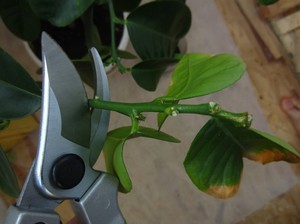 Lemon trees are planted by grafting, seed or cuttings. However, it is not at all necessary to plant it yourself.
Lemon trees are planted by grafting, seed or cuttings. However, it is not at all necessary to plant it yourself.
The finished plant can be purchase from a flower shop, a specialized nursery or botanical garden.
It is necessary to determine in advance a place for a newcomer. In this case, the following factors should be taken into account:
- Keep it away from heating systems, as the heat affects the plant negatively.
- Consider the height of the ceilings - a room lemon grows up to two meters. If the size of your ceilings does not allow you to grow an ordinary tree, you should pay attention to citrofortunella or dwarf varieties (Meyer's lemon).
- Frequent movements have a bad effect on the well-being of the plant, therefore it is necessary to immediately determine the permanent place for the pet.
Lighting and humidity
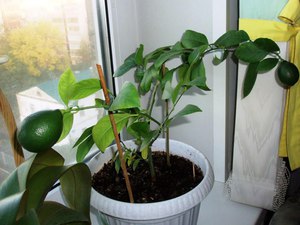 Indoor lemon is a light-loving plant. An ideal place for it would be the south-east or south side of the apartment, where there is diffused sunlight.
Indoor lemon is a light-loving plant. An ideal place for it would be the south-east or south side of the apartment, where there is diffused sunlight.
For some time it can be kept under the sun's rays, but no more than two hours a day, otherwise the tree may get burned.
Winter lemon needs additional lighting... Since indoor citrus fruits turn their leaves to follow the light, you need to periodically unfold the flowerpot so that the plant does not look one-sided.
The procedure should be carried out with great care. A lack of light causes various diseases and leads to a slowdown in growth, and vice versa, too long (more than 12 hours a day) and strong lighting slows down fruiting and provokes growth.
The level of humidity plays an important role in the care of indoor lemon. Ideal values are 60-70% at an air temperature of +18 ° C. If the room is very hot, it is necessary 2 times a day spray the plant itself and the air around it.
Temperature
The temperature regime plays an important role at the main stage of plant care (in the spring). At this time, the lemon begins to actively grow and bloom. Citrus trees can handle temperatures between 14 ° C and 27 ° C.
However, these values must be permanent... Temperature fluctuations negatively affect citrus fruits. During the flowering period, the air temperature in the house should not exceed + 18 ° C, otherwise the buds will dry out and crumble.
In spring (from +12 ° C), a container with a tree can be placed on a balcony, loggia or garden plot. This has a beneficial effect on the growth of the lemon.
In winter, the plant needs colder conditions content. An insulated balcony can be an ideal place. In a hot apartment, citrus fruits can get sick and even die. At night, the crown should be wrapped in a natural, lightweight cloth.
The soil
Citrus fruits do not tolerate too acidic soil, the soil must be neutral. The earth must be constantly loosened. The approximate composition of the soil may be as follows:
- wood ash - ¼ parts;
- sand - 1 part;
- deciduous land - 2 parts;
- humus - ½ part.
Required need to make drainage (charcoal, fine gravel, etc.). A small amount of clay is added to adult plants.
Watering and fertilizing indoor lemon
 The lemon tree needs plenty of watering. It is better to use natural water: snow, rain or river. If tap water is used, it must be boil, stand and acidify... This will make it softer.
The lemon tree needs plenty of watering. It is better to use natural water: snow, rain or river. If tap water is used, it must be boil, stand and acidify... This will make it softer.
In the summer, the plant it is necessary to water abundantly twice a day. The bottom of the flowerpot should have holes, and the soil should be well-drained, which will avoid stagnation of moisture in the root system.
In autumn, watering should be reduced, and in winter it is enough to water 1-2 times a week. Do not forget to periodically spray the trunk, crown and surrounding air.
The need for moisture can be determined by the following criteria:
- A lump of soil from a flowerpot easily crumbles in hands.
- Young borings have a drooping appearance.
- Grayish shade of the soil.
- The leaves of the crown are curled up into a "tube".
- If you click your finger on the flowerpot, you will hear a ringing sound.
Watering an indoor tree depends on the following factors:
- season;
- air humidity (at low - more often);
- temperature (the lower, the less often);
- the age of the tree (the younger, the less often).
An important role in the care of the lemon tree is played by top dressing. The plant needs nutrients for normal growth and fruiting. Between March and October fertilizer should be applied once every three weeks.
In this case, mineral supplements must be alternated with organic ones. In summer, fertilizers are applied during watering, in other periods - 2 hours after the soil is moistened.
Overfeeding a plant has a negative effect on growth and development, so it is better to under-supply fertilizers. In winter, citrus fruits do not need to be fed.
Diseases and pests
 Like all indoor plants, the lemon tree is also susceptible to pests and infestations.
Like all indoor plants, the lemon tree is also susceptible to pests and infestations.
Scabbard damages foliage... The leaves are covered with round brownish scales, which practically do not lend themselves to mechanical separation. The pest is protected by a wax shell, so chemicals have no effect on the scabbard.
After some time, a sticky mass is released from the leaves and if the necessary measures are not taken - leaves turn yellow and fall... It is better to start fighting the pest right away. To do this, it is necessary to inspect the sheets daily, especially from the underside.
If you find a parasite, the leaf must be removed. In case of widespread crown damage, the leaves must be wiped with a soft cloth soaked in soapy water, then with an alcohol solution. And finally foliage follows insecticide in order to ensure that the larvae of the pest are removed (if they remain).
Spider mite
The most dangerous plant pest. The leaves are covered with small specks of yellowish tint, later they turn brown. Then a web appears, in which the parasite lives. It looks like moving reddish dots.
Dry air and high temperatures are ideal conditions for the growth and development of spider mites. The leaves of the plant are wrapped in a "tube". The insect only takes a week to lay eggs.
Infection occurs by air or from other plants. Since it is quite difficult to remove the parasite, it is easier to take the following measures to prevent damage:
- Place the lemon tree away from other houseplants.
- The crown leaves should be inspected daily.
- Wipe the leaves with soapy water every month.
- Rinse the crown in the shower weekly.
If aphids or ticks are found, spray with solution: 1 tbsp. l. Pour boiling water over tobacco dust (1 tbsp), leave for 6 days. Grate household soap and add to the resulting infusion. Spray once a week for a month.
You can also use garlic infusion: chop the head of garlic and pour boiling water (1 tbsp), leave for 48 hours in a dark, sealed container. Strain. Use the same as the first option.
To combat spider mites, you can use chemical preparation "Omite" in a proportion of 4 ml per liter of water. Spray every week for 21 days. There are other means, but it must be borne in mind that they are toxic and the treatment should be carried out with gloves, ensuring unhindered access of air.
The citrus tree is susceptible to various kinds viral, infectious and bacterial diseases. The first are not amenable to treatment. Before the first signs appear, the virus can live for 10 years. Therefore, only a specialist can determine its presence.
Infectious diseases
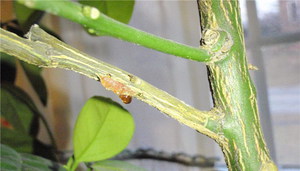 Root rot... Well visible during massive leaf fall. Treatment: remove the tree from the flowerpot, rinse the roots thoroughly, removing the rotten parts. Transplant the plant into a new container filled with quality soil.
Root rot... Well visible during massive leaf fall. Treatment: remove the tree from the flowerpot, rinse the roots thoroughly, removing the rotten parts. Transplant the plant into a new container filled with quality soil.
Disease Malseco affects young shoots and can be fatal. The tips get sick first, then foliage and wood. Sick areas acquire a brick color. Crohn sheds leaves. Unfortunately, there is no specific treatment.
Hommoz disease... The trunk is affected. The lower part begins to crack gradually and takes on a brown tint. The cracks grow, and a dark glue-like liquid is released from them. The tree is rotting.
Treatment: damaged areas cover with copper sulfate, transplant the plant into fertilized, fresh soil. You should first carefully examine and rinse the roots. In severe cases, gommosis cannot be treated.
The main cause of infectious diseases is insufficient care for a house plant. It should be borne in mind that both fruiting and decorative types of lemon trees require careful maintenance.
If you follow all the tips and recommendations, a wonderful fragrant lemon will grow in your home, which will delight with its fruits for many years.
